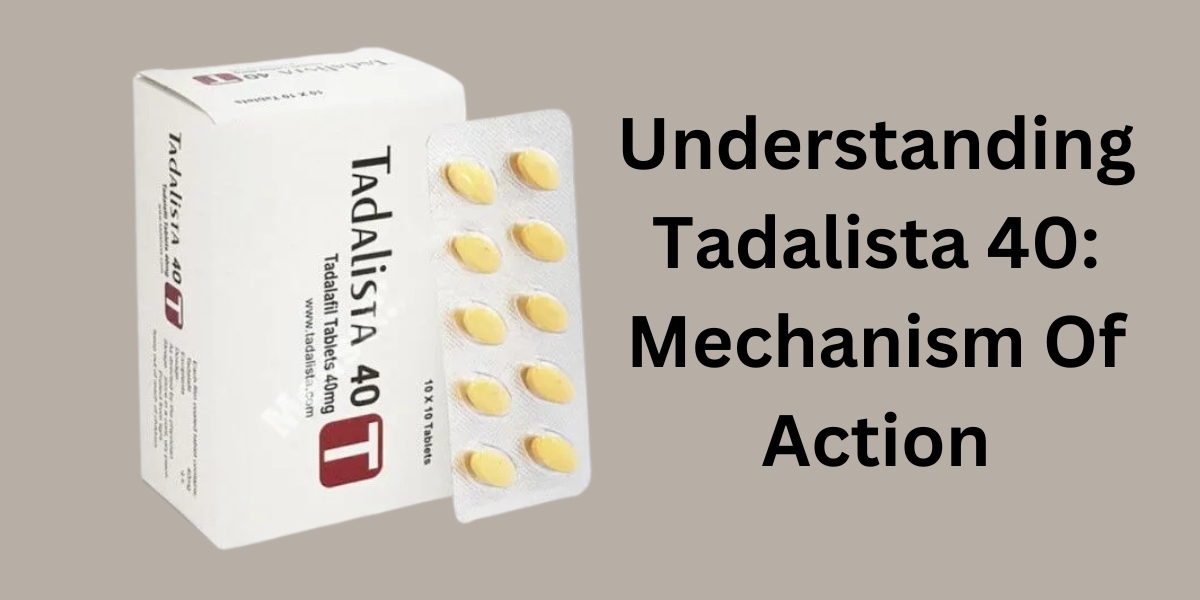Clostridium bacteria are a genus of gram-positive, spore-forming, anaerobic bacteria found in soil and the intestines of humans and animals. While many Clostridium species live harmlessly in the body and environment, some can cause serious and potentially fatal illnesses. There are over 100 species of Clostridium bacteria identified, with some of the most well-known disease-causing types being C. tetani, C. botulinum, C. perfringens, and C. difficile.
C. tetani is responsible for causing tetanus or lockjaw. Its spores can enter the body through cuts or wounds and release a potent neurotoxin. C. botulinum causes botulism through its production of botulinum toxin, one of the most potent toxins known. C. perfringens is a common cause of food poisoning. C. difficile is a leading cause of antibiotic-associated diarrhea and the most common healthcare-associated infection in the United States. With diseases caused by these Clostridium bacteria posing a serious ongoing public health threat, vaccine development provides an important strategy for prevention.
Existing Clostridium Vaccines and Their Limitations
Currently, there are effective Clostridium Vaccine available to protect against two major Clostridium diseases - tetanus and botulism. The tetanus toxoid vaccine induces protective antibodies against tetanus neurotoxin produced by C. tetani. A single-agent botulinum toxoid vaccine also exists to generate antibodies against botulinum toxin serotypes A, B, E, and F produced by C. botulinum. However, both of these existing Clostridium vaccines only target a single toxin and serotype each.
They do not provide broad protection against the array of toxins and over 100 Clostridium species known to cause human disease. For example, the tetanus vaccine does nothing to prevent illness from C. botulinum or C. difficile infections. New multivalent vaccines are needed that can offer comprehensive coverage. Production of the current vaccines also relies on toxin purification from bacteria, which can face challenges in scaling up for mass immunization programs. More advanced vaccine platforms are in development.
Promising New Approaches to Clostridium Vaccine Design
Researchers are actively working on new vaccine design strategies that can overcome the limitations of existing Clostridium vaccines. One approach involves developing recombinant subunit vaccines containing non-toxic fragments of toxins that still induce a protective immune response. Scientists have successfully expressed recombinant fragments of botulinum neurotoxin and demonstrated their ability to confer protection in animal models when combined with an adjuvant.
Other investigational vaccines take a gene-based approach, using DNA or viral vectors encoding toxin genes to stimulate toxin-specific antibodies. Investigators generated a vaccine using a single viral vector expressing multiple botulinum neurotoxin genes that elicited protective immunity to serotypes A, B, E, and F in mice. Researchers are also exploring novel platforms like virus-like particles or nanoparticles displaying toxin fragments to present target antigens to the immune system in an immunogenic way.
Get more insights on Clostridium Vaccine









